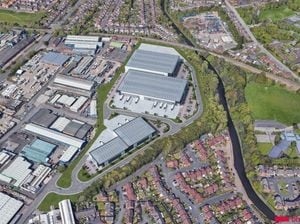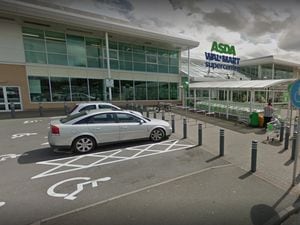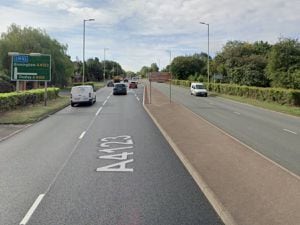'Wildlife buffer zone' to be removed to make way for industrial warehouse in Tipton
A ‘wildlife buffer zone’ on a green space will be removed to make way for an industrial warehouse with 270 parking spaces after councillors approved a planning application in Tipton.

Land off Newcomen Drive, adjacent to the Birmingham canal, will create five new industrial and warehousing units for storage and distribution – with the biggest at 80,000 square feet.
The applicant, Coneygre Redevelopments Limited, proposes to create a new service road from the existing industrial estate.
The site was already approved at Sandwell council in July 2022 after councillors agreed the site – allocated for housing – would add to the council’s need for quality industrial land.
Eight objections were received by Sandwell council, along with a 155-signature petition against the proposal.
But the council argued while the site is allocated for housing, the
the proposed industrial development would help the borough towards its target of 75,000 industrial and warehouse jobs in the Black Country by 2026.
The council asked Coneygre Redevelopments Limited to implement a ten per cent ‘bio-diversity net’ on the site to improve nature conservation, but “viability calculations have resulted in a figure of £1.16 million,” according to a planning report.
The report added: “The applicant has stated that this would make the scheme unviable, and the development wouldn’t be built.
“The council currently has no policies requiring the provision of 10 per cent biodiversity net gain under the current development plan, instead the adopted policy ENV1: Nature Conservation is relevant (see point 9.2).
“In conjunction with this, the relevant sections of the Environment Act which will potentially introduce the requirement, have not yet been enacted, nor has a date been put forward for this to happen.
“Therefore, the removal of this condition is not against adopted policy, and there are no material planning considerations why the removal of that condition should be refused.”
The removal of the bio-diversity net gain does not alter the requirement
for the developer to contribute Section 106 monies totalling £350,000 to the improvement of the existing wildlife buffer on the site.
The site has a history of applications being approved – from residential
uses to industrial purposes. However, the land has been vacant for 35 years due to viability issues and ground conditions – and often attracts fly-tipping.
As a result, the council believes it is “not unreasonable to suggest that there would be nature conservation benefits by creating a wildlife corridor.”
Altine Elias, the agent representing Coneygre Redevelopments Limited, said reptiles, bats, and newts were found on the site, but they hoped to install “animal refuges and environmentally sensitive lighting” to impacted species.
She said: “Members will recall that due to the nature of the constraints on the site, which includes significant numbers of mine shafts and limestone work site topography, grant funding is being sought to work with the West Midlands Combined Authority.
“Our client is already fully committed to creating a wildlife zone on the site with the proposed section 106 contributions.
“There is significant amounts of Japanese knotweed already present on site arising we believe from the adjacent railway cost. Estimates suggest that over 13,000 square metres of land is impacted by this invasive species and the cost of removal is estimated in the region of £250,000.”
The application was approved.





